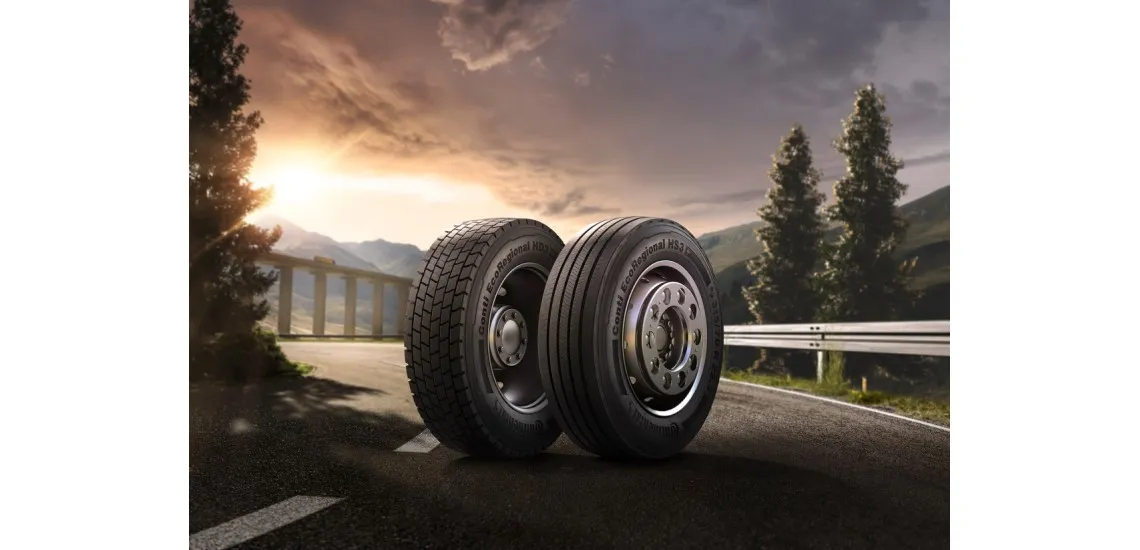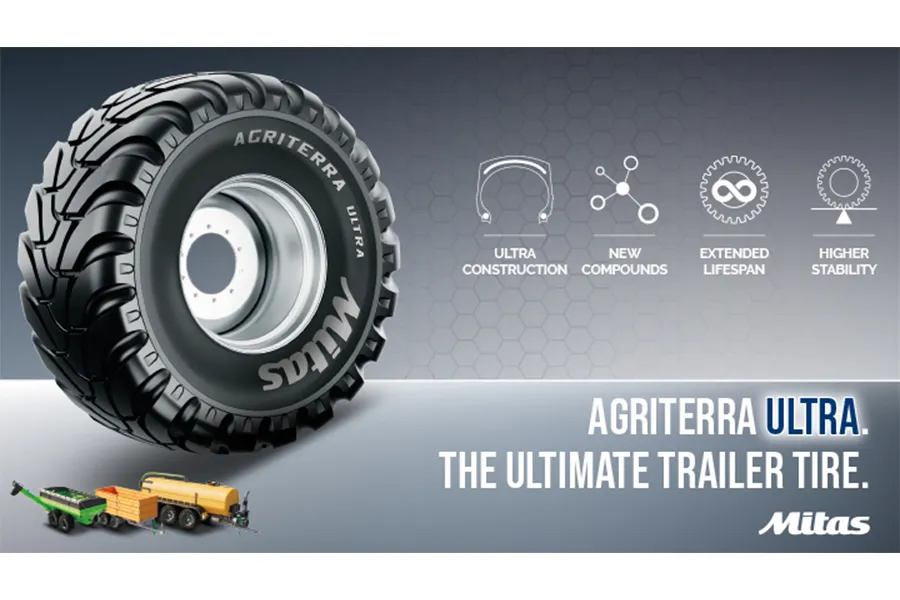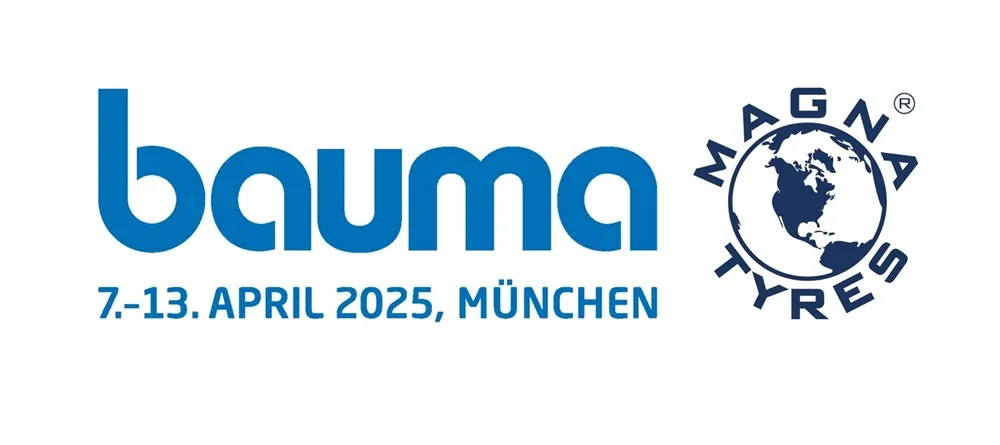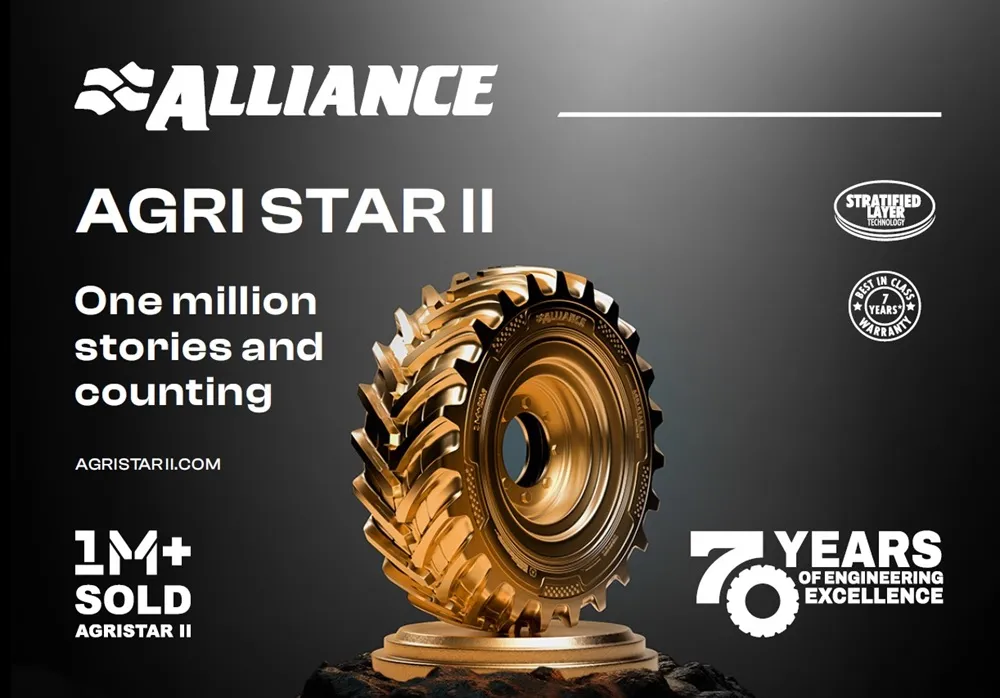Continental has improved its Conti EcoRegional range. With innovative tread compounds, 3PMSF accreditation, both the Conti EcoRegional HS3+ and Conti EcoRegional HD3+ offer a fuel-efficient tyre suited to mixed regional and long-distance haulage.
Tyre Developed for Multiple Deliveries, Including in Heavy Traffic and on Winding Roads
The improved range has reduced rolling resistance, heightened traction and superior fuel efficiency, with the reduced CO2 emissions contributing to sustainable mobility and future-proof logistics. “The Conti EcoRegional HS3+ for the steering axle and Conti EcoRegional HD3+ for the drive axle represent an uncompromising upgrade for this tyre family,” notes Hinnerk Kaiser, Head of Product Development Bus and Truck Tyres at Continental.
The new Conti EcoRegional HS3+ retains the innovative tread design of its tried-and-tested predecessor, with the new-generation tyre once again featuring pocket sipes to minimise uneven wear and improve water dispersion for optimised performance in wet conditions. Full-depth sipes continue across 50 per cent of the rib width while the groove geometries ensure a uniform transfer of power, together with a longer tyre service life. Finally, a large part of the reduction in rolling resistance is down to a modified, innovative compound for the tread.
Similar to the Conti EcoRegional HS3+, the HD3+ cannot be distinguished externally from the model it replaces. The proven low-void design with a high number of gripping edges in the tread delivers low deformation, low rolling resistance and high mileage. Special 3D sipes reinforce tread stability and durability. A substantial reduction in rolling resistance has been achieved through the implementation of an enhanced production process for the drive axle. A modified casing construction improves rolling resistance without any negative impact on mileage.
“The tyres in the Conti EcoRegional Generation 3+ line are the result of an enhanced production process that lowers rolling resistance without sacrificing mileage performance,” explains Hinnerk Kaiser. “This process involves curing the tyres at a relatively low temperature for longer and is known as the Conti Diamond Technique. The tyre has the benefit of giving the polymers and carbon particles more time to react with one another and crosslink effectively, resulting in less internal friction within the compound. This, in turn, has the effect of improving rolling resistance.
The tyres both have 3PMSF marking on their sidewalls, indicating their suitability for wintry conditions. This means these tyres are suitable for year-round use, with some tyre sizes available with “intelligent” properties; i.e. when they leave the factory with the sensors already equipped.








